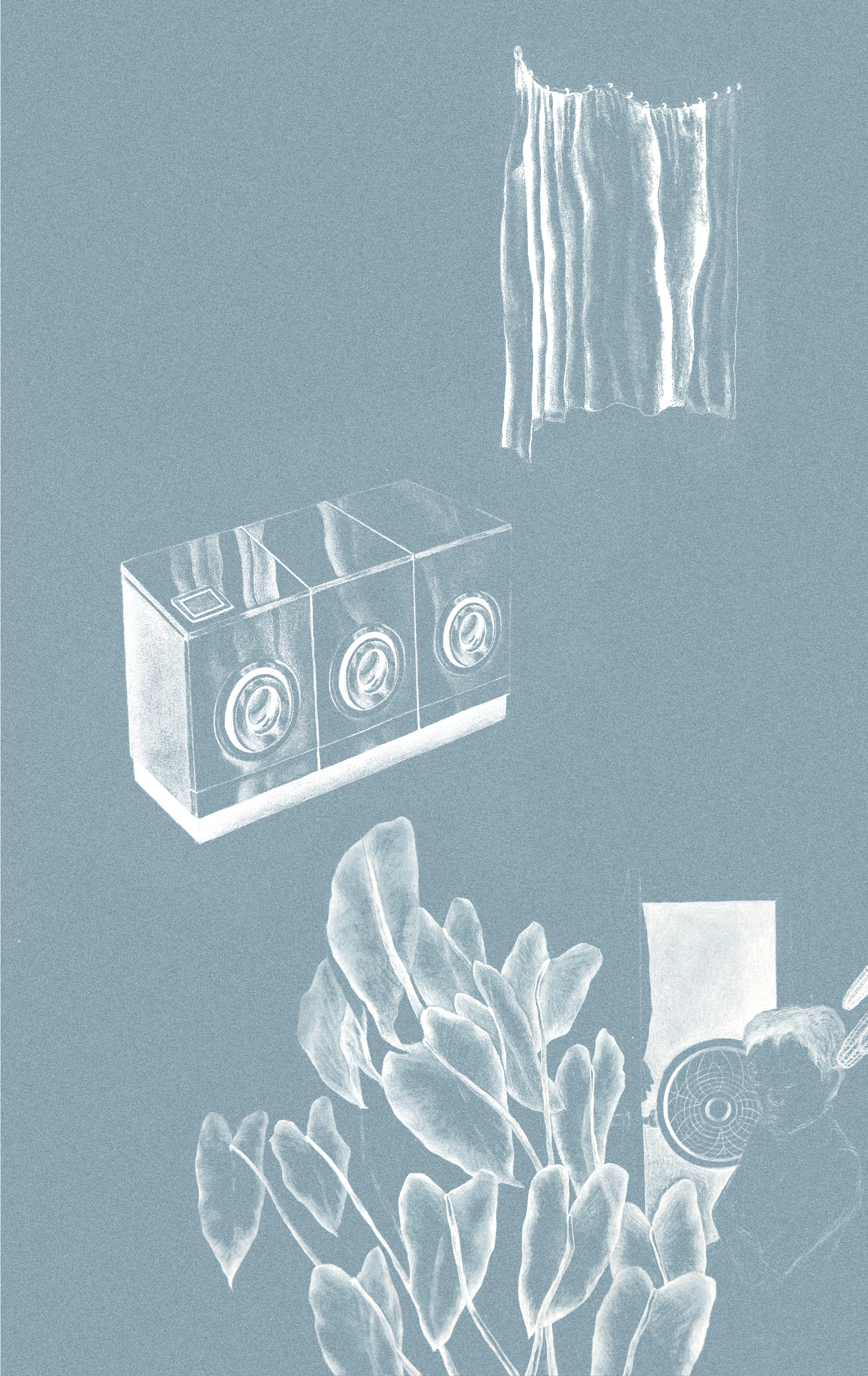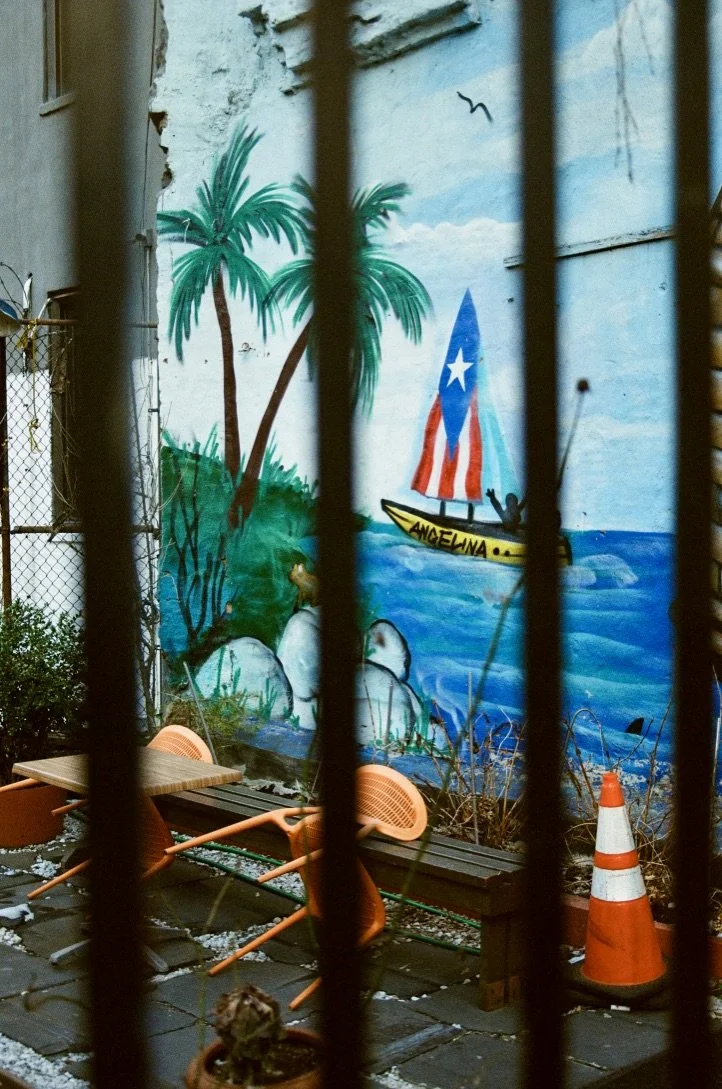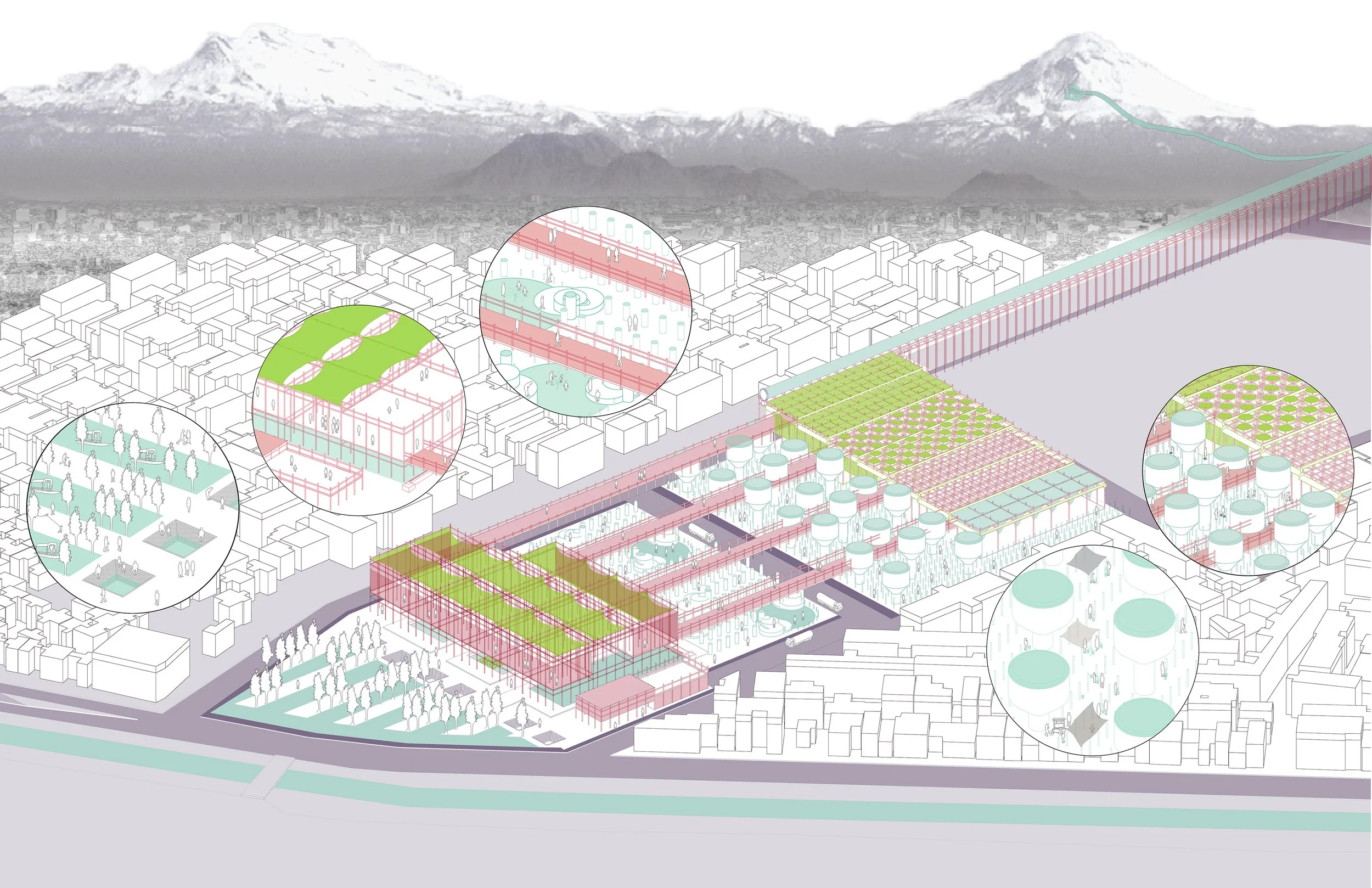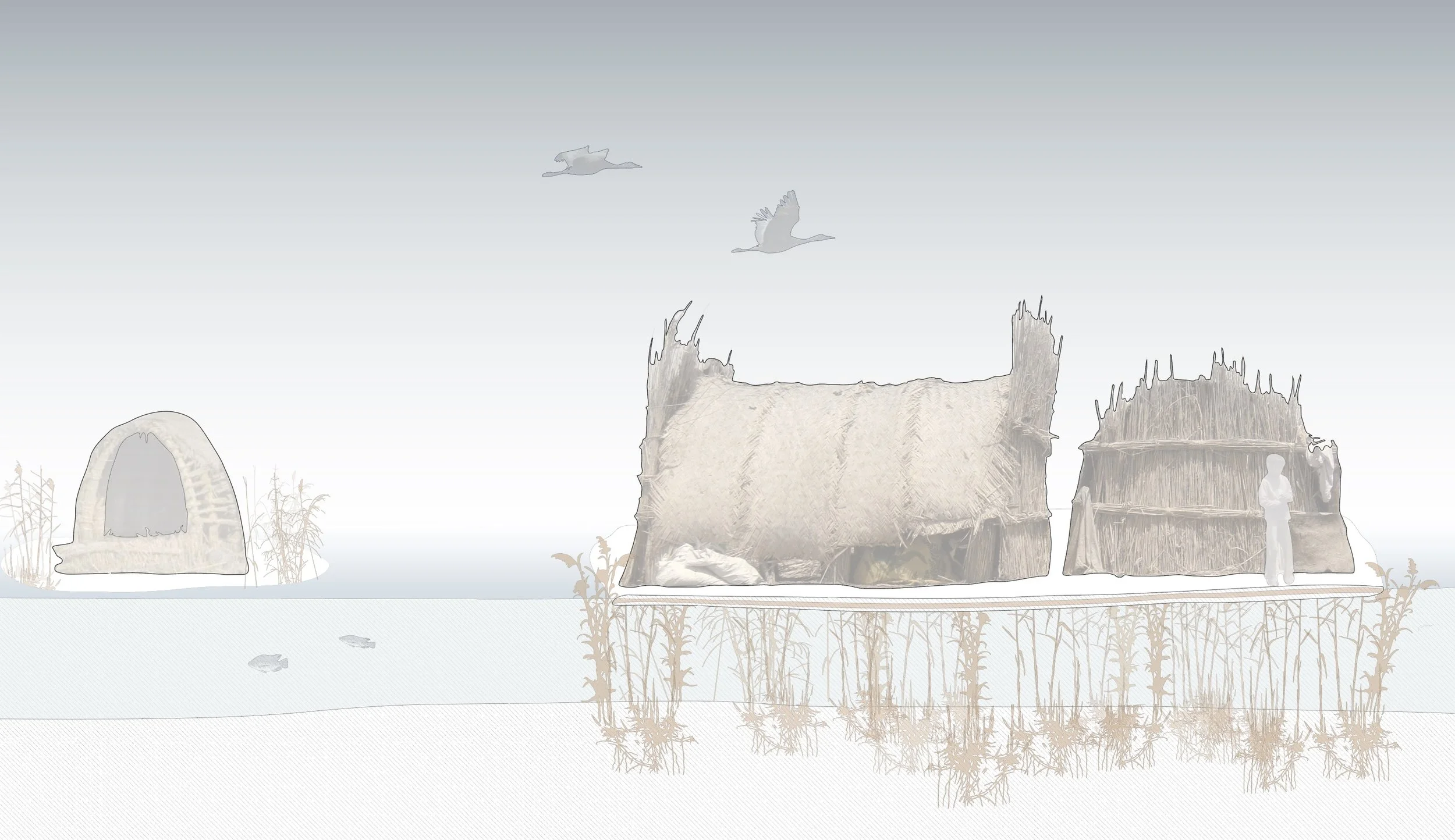WORK
PARADA: LA CELEBRACION NO TERMINA AQUI
Sunset Park Puerto Rican Day Parade 2024
COLLECTIVE HOUSING FOR SINGLE-MOTHERHOOD
Oral Histories, Urban Planning, and Imagined Architectures
HISTORIAS LAUNCH BLOCK PARTY
The Clemente Cultural and Education Center, Inc.
ATMOSPHERIC PAVILION INSTALLATION
Princeton School of Architecture Gallery
REGENERATIVE CASITAS: ETERNAL WORKS IN PROGRESS
NYU Latinx Project- Intervenxions Journal
Article by Vanessa González
SLOW VIOLENCE IN POST-9/11 NEW YORK: LOW-INCOME RESIDENTS AS ENVIRONMENTAL AND FINANCIAL SHIELDS
Avery Review Essay Prize 2022
Article by Bella Carmelita Carriker
URBAN GAPS: SCAFFOLDING AS PUBLIC SPACE
Immersive Media Animation and Research
CLIMATE CHANGE AND WATER HERITAGE
Landscapes of Sierra Nevada de Santa Marta, Colombia
CO-DESIGN TECHNOLOGIES FOR SUSTAINABLE AGRICULTURAL PRACTICES
Collaboration: Diversa Colombia, MIT Media Lab, Bella Carmelita Carriker
PUBLIC LIBRARY AS FOREST
Multi-lingual Intergenerational Community Resource Center
LIQUID ILLUSTRATION + ART COMMISSIONS
See all
BIENNALE ARCHITETTURA 2021: HOW WILL WE LIVE TOGETHER?
Your Restroom is a Battleground
Curators: Matilde Cassani, Ignacio G. Galán, Iván L. Munuera, Joel Sanders
Collaborators: Vanessa Gonzalez, Seb Choe, Leonardo Gatti, Marco Li, Jorge Lopez Conde, Maria Chiara Pastore, Pablo Saiz del Rio, Paula Vilaplana de Miguel
Location: Corderie dell’Arsenale
Restrooms are often described as neutral facilities or mere utilitarian infrastructures catering to the universal needs of individuals. But they are contested spaces that are shaped by and in turn shape the ways bodies and communities come together. Restrooms are architectures where gender, religion, race, ability, hygiene, health, environmental concerns, and the economy are defined culturally and articulated materially. In the last years, the climate crisis, the COVID-19 pandemic, and growing tensions derived from population displacements have made these entanglements more evident. Restrooms are not an isolated design problem but rather symptoms of larger disputes that can be mediated through architectural tools. Your Restroom is a Battleground presents a selection of seven case studies as an installation at the Arsenale. The case studies are presented through dioramas that represent a variety of restroom battles around the world and illustrate how these debates take shape and reflect local and global social concerns and agendas. Restrooms are political architectures, they are battlegrounds.
ZONA HIDRICA: IZTAPALAPA, WATER INFRASTRUCTURES OF MEXICO CITY
Vanessa González, Bella Carmelita Carriker, Atrianne Dolom
EXHIBITION: IRAQ, BEYOND THE TWO RIVERS
Curator: Dr. Huma Gupta, Assistant Curator: Hajar Alrifai
Artwork by: Hajar Alrifai, Mahwish Khalil, Sadik Kwaish Alfraji, Sama Alshaibi, Bella Carmelita Carriker
The exhibit puts artworks by renowned contemporary Iraqi artists in conversation with Gupta commissioned and produced with MIT students. On the twentieth anniversary of the 2003 U.S. invasion, the exhibition goes beyond narratives of conflict to engage with the deeper histories of al-Iraq – a place known by many names such as Sumer, Mesopotamia, site of the great flood, or even the garden of eden. At the heart of its civilizational lore stand two great rivers – Tigris & Euphrates. Today, however, Iraq is the fifth most vulnerable country to extreme temperatures, water scarcity and food shortages. And these two rivers and marshlands are projected to dry within the country by 2040.
This exhibition thus engages with both histories and futures of Iraq by taking viewers on a multimedia journey through a video art piece by Sama Alshaibi set in Iraq’s marshes, an animation by Sadik Kwaish Alfraji set in Baghdad’s migrant neighborhoods, film stills from Hussein al-Asadi’s forthcoming documentary, a photograph by Mohanad al-Sudany focused on indigenous buffalo-breeding communities, an architectural model composed of reeds, earth, and cement by Bella Carmelita Carriker, and a large mixed media mural with archival video by Huma Gupta, Hajar Alrifai, and Mahwish Khalil. Together, these pieces offer a transhistorical meditation on architectural ambition, great migrations, urban design, climate change, and the radical promise of other ways of dwelling and building in Iraq and beyond.














